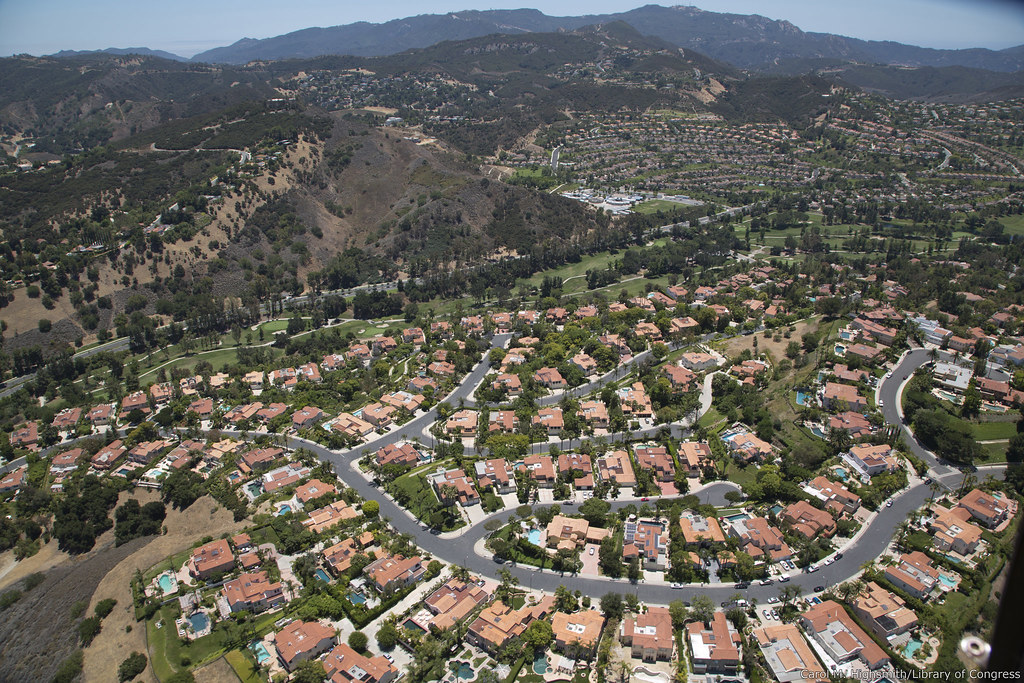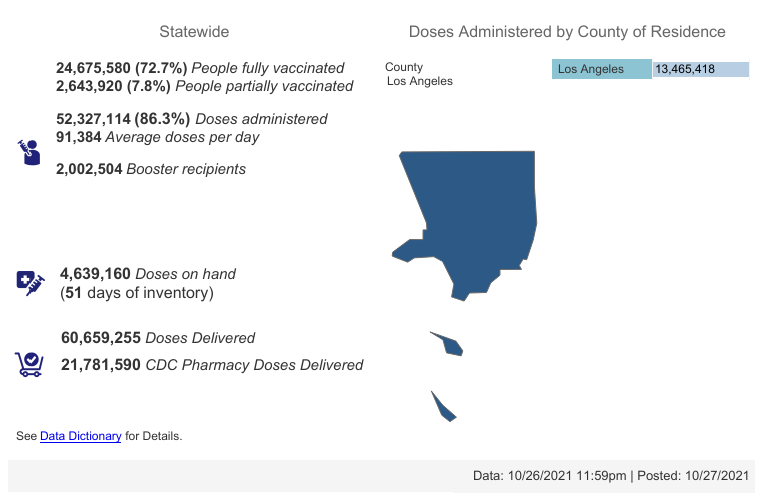Los Angeles’ guide for housing policy for the next eight years advanced out of the City Council’s Housing Committee Wednesday and will next be reviewed by the Planning and Land Use Management Committee.
The draft 2021-29 Housing Element Update revises the plan adopted in 2013 and will accommodate the production of nearly 500,000 new units.
“For many years the state has had somewhat of a toothless approach to the Housing Element, we set goals but nothing really bad happened if we didn’t meet them,” Los Angeles Housing Department General Manager Ann Sewill told the Housing Committee Wednesday.
“The consequences in this round are much more significant,” she added. The city could lose state housing funds and the ability to control local zoning.
City planners say the goal of the update, titled “The Plan To House L.A.,” is to provide an ample supply of housing that creates more equitable and affordable options for Angelenos; to preserve and enhance quality of housing and provide greater stability for households of all income levels; to create healthy, sustainable and resilient communities that improve the lives of all Los Angeles residents; to foster racially and socially inclusive neighborhoods; and to commit to preventing and ending homelessness.
Los Angeles needs to produce about 57,000 units per year to keep up with housing demand, but since 2014, it has been producing only about 16,700 units per year, according to the Regional Housing Needs Assessment, a process required by the state that aims to ensure cities and counties plan for enough housing in their Housing Element.
Additionally, it needs about 23,000 new affordable units per year, but only about 1,650 affordable units have been produced per year since 2014.
According to the Regional Housing Needs Assessment, the city must accommodate at least 456,643 new units by 2029, with at least 184,721 of them being affordable for lower income households.
City planners have identified a potential for 230,964 new units in the city, with about 72,650 being for lower income. The remaining required units would be produced following a three-year process to rezone parts of Los Angeles.
That process, which would increase density in resource-rich neighborhoods that have been historically limited to single-family-only uses, would seek to accommodate at least 255,415 units to address the city’s housing shortage.
The number was increased from just under 220,000 in its first draft of the Housing Element Update following the City Council’s request for the equitable rezoning program to be increased to 300,000.
City planners say the updated 255,415 units are enough to meet the demand in the Regional Housing Needs Assessment.
Councilwoman Nithya Raman said during the committee meeting Wednesday she thinks the Housing Element Update draft’s scale matches the scale of the housing crisis.
“That’s good, that’s what we need, and that’s the kind of policy we should be pushing forward right now,” Raman said.
The Department of City Planning’s Housing Element “emphasizes increasing access to higher opportunity areas of the city, particularly near jobs and transit and along major corridors, while protecting socially and environmentally sensitive areas such as fire zones and areas susceptible to sea level rise,” according to the Housing Element report.
City Planner Matt Glesne reported to council members on Aug. 17 that, between 2009 and 2020, 15,886 units of affordable housing were produced in the city, but the distribution was uneven.
Councilman Gil Cedillo’s District 1 had the most produced, with 2,423, while Councilman John Lee’s District 12 produced only 40.
Cedillo noted his district’s work to build affordable housing during the meeting on Wednesday, and he responded to members of the public who want affordable housing concentrated in just a few districts instead of spreading it citywide, which he said some feel is a “target on these communities.”
“I see it more as a democratization of housing in the city and a way for us to be more thoughtful,” Cedillo said.
The Housing Element Update will be considered by the Planning and Land Use Management Committee. Once the Housing Element Update is adopted by the City Council, the city will have two years to create ordinances that put the policies into effect.







